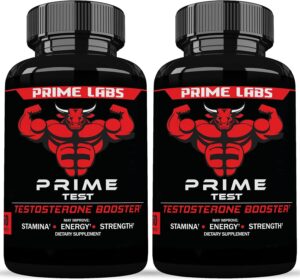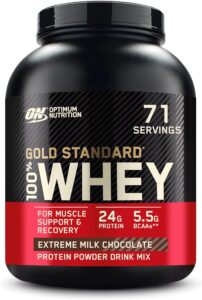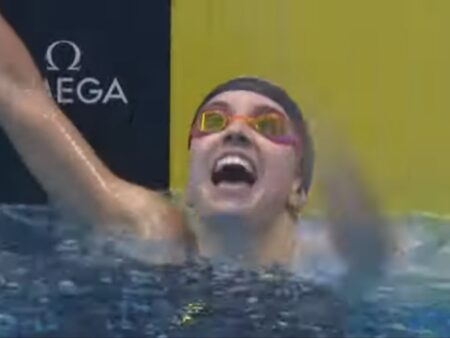
Zac Efron Biography
Zac Efron is an American actor and singer who gained fame for his role as Troy Bolton in the Disney Channel musical “High School Musical” (2006). Born on October 18, 1987, in San Luis Obispo, California, Efron quickly became a teen heartthrob and pop culture icon with his role in the “High School Musical” franchise. After his Disney success, Efron transitioned to a diverse range of film roles, including comedies like “17 Again” (2009), “Neighbors” (2014), and “Baywatch” (2017), as well as dramatic roles in “The Greatest Showman” (2017) and “Extremely Wicked, Shockingly Evil and Vile” (2019), where he portrayed notorious serial killer Ted Bundy.
Efron is known for his charm, charisma, and versatility, often balancing comedic and dramatic roles throughout his career. He has also become an advocate for environmental and health issues, hosting a travel documentary series, “Down to Earth with Zac Efron,” focused on sustainable living and wellness.
Zac Efron, known for his lean and athletic physique, undertook a significant transformation for his role in the film “The Iron Claw,” where he portrays Kevin Von Erich, a professional wrestler from the legendary Von Erich wrestling family. This role required Efron to undergo rigorous training to achieve a wrestler’s muscular build and maintain the athleticism necessary for the role. Here’s a detailed look at his workout plan and the principles behind it.
Understanding the Role
To play the part of a professional wrestler, Zac Efron needed to develop a physique that was both muscular and agile. Wrestlers are known for their strength, endurance, and explosive power, all of which require a comprehensive training approach. This meant Zac had to engage in a variety of workouts, including weightlifting, cardio, and plyometrics. Additionally, he needed to follow a strict diet to ensure his body had the necessary nutrients for muscle growth and recovery. Training sessions were intense and often included learning specific wrestling techniques to enhance his performance. The transformation was not only physical but also demanded mental toughness and discipline.”
Efron’s Workout Plan
The workout plan for “The Iron Claw” involved a combination of weight training, high-intensity interval training (HIIT), functional movements, and conditioning work. Here’s a breakdown of the key components:
1. Weight Training
Weight training was the cornerstone of Efron’s workout plan. The goal was to build muscle mass and strength while maintaining a balanced physique. The focus was on compound exercises that worked multiple muscle groups simultaneously. Key exercises included:
Bench Press: A staple for building chest strength and mass. Efron likely performed variations like incline and decline bench presses to target different areas of the chest. These variations ensure that the upper, middle, and lower portions of the pectoral muscles are effectively engaged. Incorporating dumbbell presses would have allowed for a greater range of motion and muscle activation. Consistent progression in weight and rep ranges would have been crucial to continuously challenge his muscles and promote growth.
Deadlifts: Essential for building strength in the lower back, glutes, and hamstrings. Deadlifts also play a critical role in enhancing overall core stability and functional strength. Efron likely included different types of deadlifts, such as Romanian and sumo deadlifts, to target various muscle groups and improve his lifting technique. Proper form and technique would have been paramount to avoid injury and maximize the benefits of this powerful compound exercise.
Squats: To build leg strength and overall lower body mass. Efron probably incorporated different squat variations, like front squats and goblet squats, to ensure balanced muscle development and improved mobility. Using a mix of high-rep sets for endurance and low-rep sets for strength would have provided a comprehensive approach to leg training. Additionally, focusing on proper depth and form would have been essential to fully engage the quadriceps, hamstrings, and glutes.
Overhead Press: This exercise helped develop shoulder strength and stability. Efron may have used both dumbbells and barbells for this exercise to engage different muscle groups and improve symmetry. Incorporating seated and standing variations would have added versatility to his training routine. Ensuring a full range of motion and avoiding excessive arching of the back would have been important to maintain shoulder health and prevent injuries. Regularly adjusting weights and reps would have kept the workouts challenging and effective for muscle growth.
Efron’s workout plan would have included heavy lifting with progressive overload, gradually increasing the weight to continue building muscle.
2. High-Intensity Interval Training (HIIT)
HIIT was used to improve cardiovascular fitness and burn fat. This type of training involves short bursts of intense exercise followed by brief recovery periods. Efron’s HIIT workouts might have included:
– Sprints: To improve explosive power and cardiovascular endurance.
– Circuit Training: A combination of different exercises performed in quick succession to keep the heart rate elevated.
– Plyometrics: Exercises like box jumps and burpees to improve explosiveness and agility.
HIIT helped Efron maintain a low body fat percentage while building muscle.
3. Functional Movements
Functional movements are exercises that mimic everyday actions and improve overall coordination and stability. As a wrestler, Efron needed to develop core strength and body control. Functional movements in his routine could include:
– Kettlebell Swings: To improve hip power and coordination.
– Turkish Get-Ups: A full-body exercise that enhances balance and core stability.
– Medicine Ball Slams: For explosive power and conditioning.
These exercises helped Efron prepare for the physical demands of his role in “The Iron Claw.”
4. Conditioning Work
To portray a professional wrestler, Efron needed excellent conditioning. This part of the workout plan focused on endurance and stamina. Activities might have included:
– Rope Work: Like battle ropes, to improve upper body endurance.
– Bodyweight Circuits: Push-ups, pull-ups, and dips to build muscular endurance.
– Swimming: An excellent low-impact way to build cardiovascular endurance.
Recovery and Nutrition
Recovery was crucial to Efron’s training plan. Rest days and proper sleep allowed his muscles to repair and grow. Additionally, he likely followed a structured nutrition plan to support muscle growth and energy levels. Key elements of his nutrition plan would have included:
– High Protein Intake: To support muscle growth and repair.
– Complex Carbohydrates: To provide sustained energy for intense workouts.
– Healthy Fats: For hormone production and overall health.
– Hydration: Essential for performance and recovery.
Zac Efron’s workout plan for “The Iron Claw” was comprehensive, focusing on building strength, endurance, and explosiveness to portray a professional wrestler convincingly. By combining weight training, HIIT, functional movements, and conditioning work, Efron achieved the muscular and athletic physique required for his role. His dedication to training, recovery, and nutrition played a significant role in his successful transformation for the film. Moreover, the support of experienced trainers and a tailored fitness program ensured that his workouts were both effective and safe. This rigorous approach not only enhanced his physical appearance but also prepared him for the demanding physicality of wrestling scenes. Efron’s commitment serves as an inspiration for anyone looking to make a significant physical transformation. Ultimately, his hard work and perseverance exemplify the lengths actors go to in order to authentically embody their characters.










